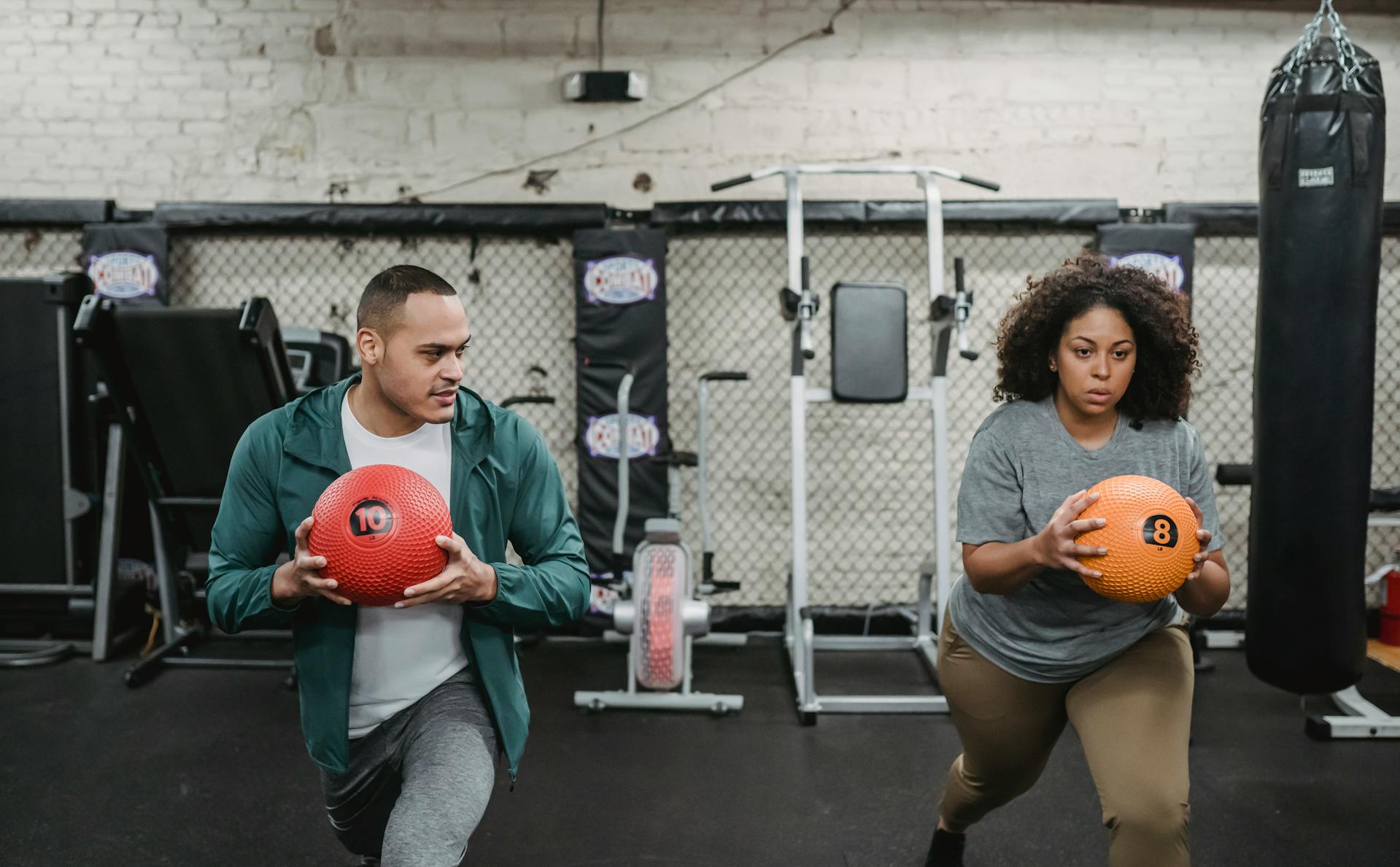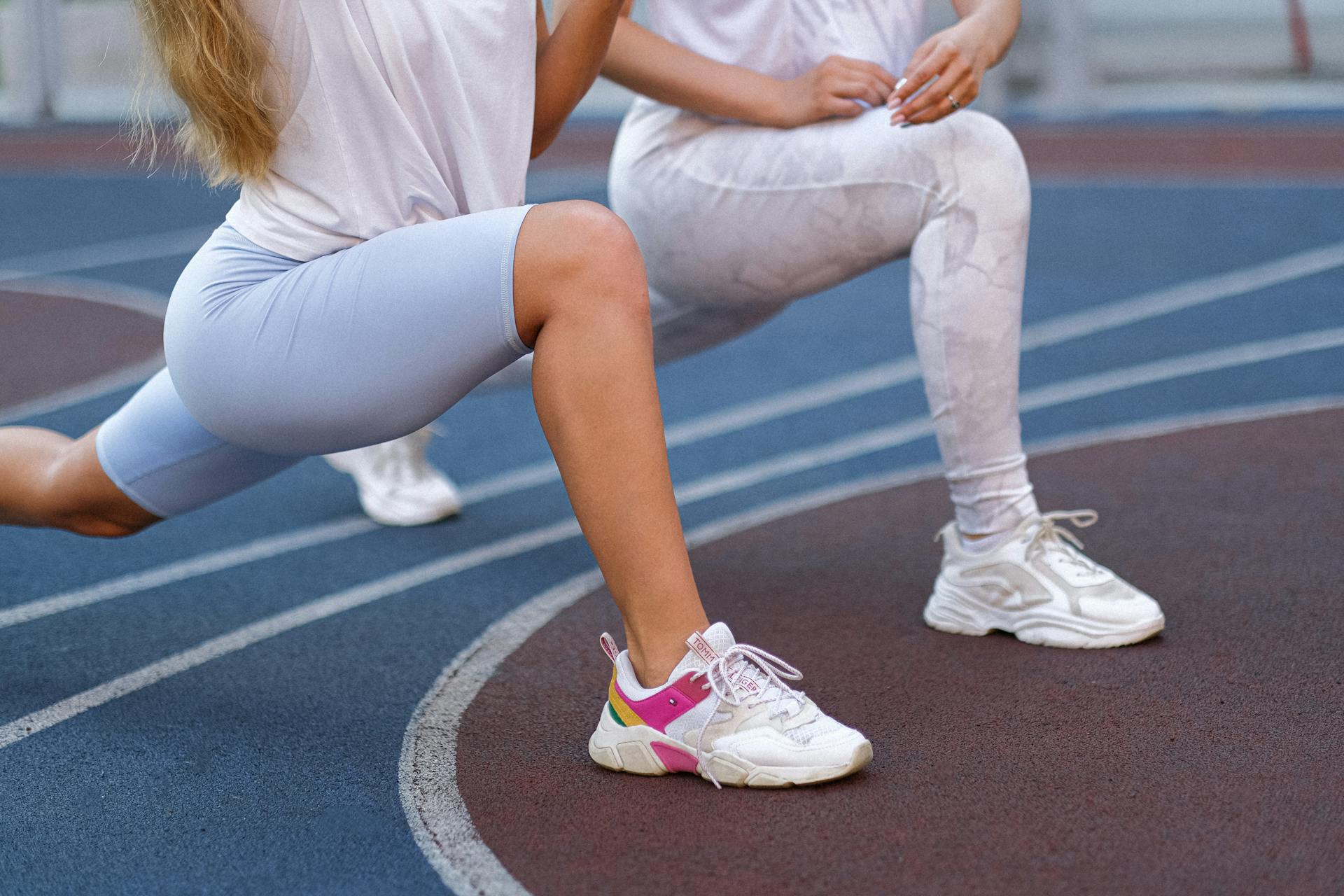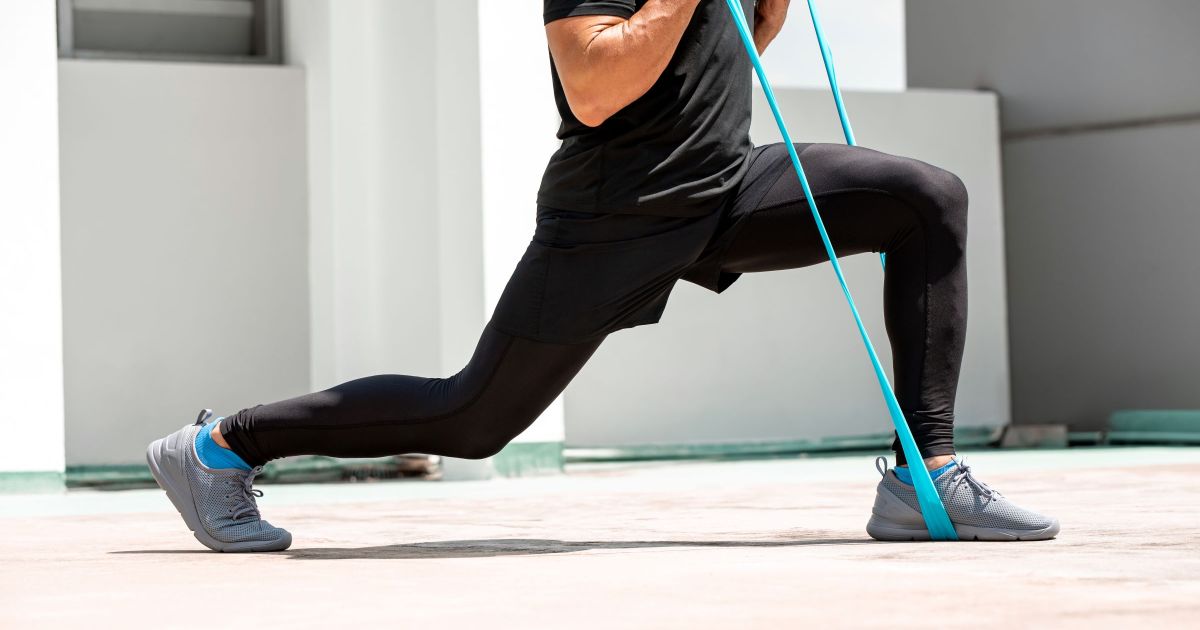[ad_1]
Well being trainers everywhere will on a regular basis counsel lunges because of it’s an elite practice with a great deal of fascinating variations to attempt. You might even see people performing lunges throughout the health heart, the park, or completely different areas since you don’t need any instruments. Together with weights will enhance the issue and helps you develop further power and stamina. Let’s check out the benefits of lunges and among the best variations to attempt for an environment friendly train routine.
What are lunges?

The lunge is a physique resistance practice the place you place one leg forward alongside together with your knee bent and your entrance foot flat on the bottom. Your completely different leg is positioned behind. Athletes, yogis, weight trainers, and others incorporate lunges into their teaching schedule because of it’s a extraordinarily environment friendly practice for focusing in your leg muscular tissues.
What are the benefits of lunges?

The subsequent are the assorted benefits of lunges:
- Work your principal leg muscular tissues like your quads, hamstrings, and calves.
- Work your glutes and principal stabilizing muscular tissues in your hips and core.
- A stronger core helps reduce your hazard of harm.
- It’s an outstanding conditioning practice for sports activities actions involving lunging actions, resembling basketball, soccer, and tennis.
- Evaluation reveals lunges improve stability and muscle power throughout the legs.
- Researchers concluded that weighted lunges activate the glutes higher than weighted squats.
- Enhance your whole stability in virtually every lower-body joint, along with in your hips, ankles, toes, and knees.
- Enhance your athletic effectivity and hip flexibility by bringing your hip joint via the whole range of motion.
- Reduce your hazard of certain muscular imbalances.
Probably the greatest lunge variations to attempt

Lunges are biggest added to circuits, warm-ups, leg days, yoga, and weighted workout routines. Probably the greatest lunges for you depend on variables like your specific individual power, mobility, and joint limitations.
Listed below are our excessive 5 lunge variations to attempt:
Reverse lunge
The reverse lunge may very well be a little bit of less complicated on the knees for some people because of chances are you’ll reduce anterior knee stress when stepping backward. You’ll moreover get bigger muscle activation in your glutes and quads with the reverse lunge compared with the conventional lunge.

Pendulum lunge
With the pendulum lunge, you keep one foot firmly on the underside whereas alternating your reverse leg between a forward and reverse lunge. You probably can keep a dumbbell in each hand alongside together with your arms down by your sides to make it more durable. It’s a good different for runners.
Strolling lunge
Up the ante with the strolling lunge, which is a killer switch for fine-tuning your stability. It’s good to stand on one leg and shift your weight and your full physique place forward to your completely different leg.

Barbell lunge
For these making an attempt to ramp up muscle setting up, chances are you’ll attempt a barbell lunge, which challenges your torso stability and power. Always make sure you’re using the acceptable weight that additionally means that you may protect appropriate variety.
Forward lunge
The forward lunge has been confirmed to strengthen sprinting potential and hamstring power, so it’s on a regular basis worthwhile for runners and athletes making an attempt to help their teaching.
[ad_2]
